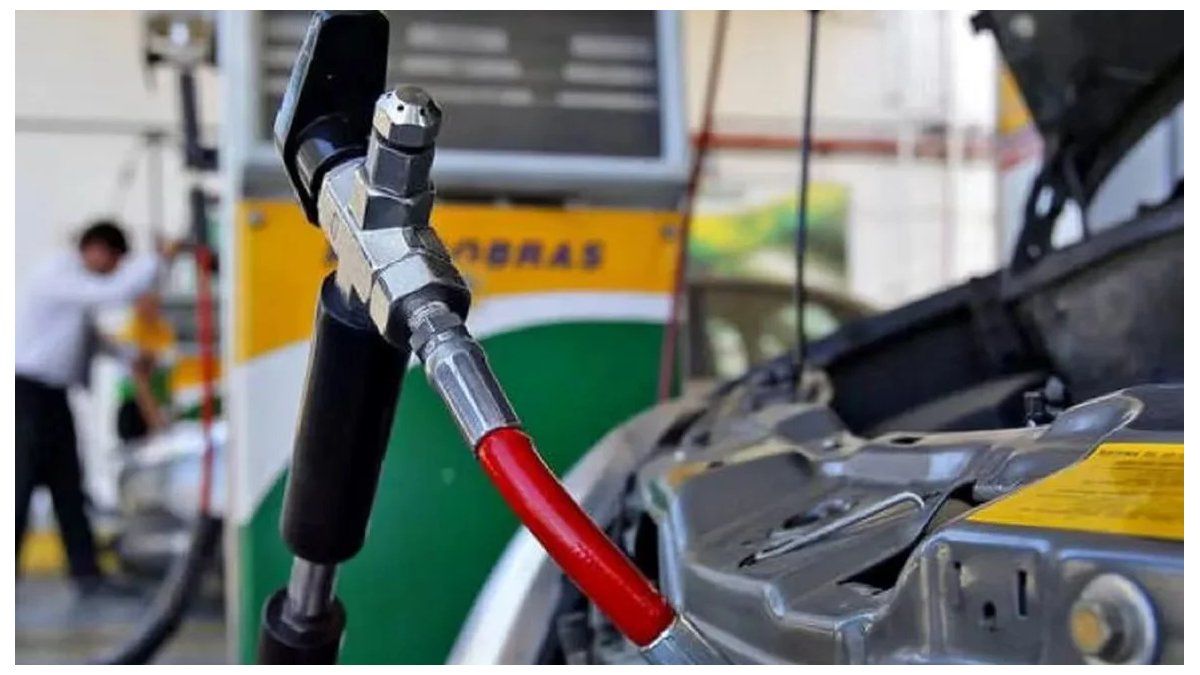The permanent ones increases in the prices of the naphtha rekindled interest in the conversion of Compressed Natural Gas (CNG) vehicles. They represent more than 10% of all cars in the country, and have grown slightly but steadily.
The rising costs of naphtha drove an increase in the rate of conversions nationwide. Although the equipment installation sector CNG faced one of its worst years in decades and suffers the effects of high inflation on operating costs, renewed interest in conversion to CNGcaused by high gasoline prices, improved the recovery prospects for the industry.
However, the number of conversions does not manage to surpass the rest of the fuels., since the vehicles exclusively to naphtha represent the 60% of the fleet and diesel 25%, According to information provided by the DNRPA of vehicles in registrable conditions for circulation, and the breakdown of the Argentine Association of Component Manufacturers (AFAC)
In this context, the participation of the latter decreased considerably compared to 2010, when they represented 37% of the fleet. Meanwhile, as the report indicates, in 2023 the vehicles converted to CNG reached 11% of the total fleet in circulation, the same as the previous year.
With these data, a sharp drop in the supply of the diesel vehicles and a slight but noticeable increase in conversions to CNG.
Gasoline fuel service stations
Gasoline-only vehicles represent 60% of the fleet and diesel vehicles 25% in our country.
Ignacio Petunchi
On the other hand, in 2023, The fleet of vehicles with hybrid engines (petrol/electric) in the region grew significantly, reaching 27,540 units, twice as much as the previous year, thanks to a greater supply of locally manufactured models.
Toyota and Ford are the main manufacturers in the regionwith models such as the Corolla and the Maverick pickupwhile the external supply (Europe, Japan, United States) is limited.
Gasoline cars represent 60% of the circulating fleet in Argentina and diesel cars 25%
At the moment, 68% of new vehicles are petrol-powered, and pick-ups represent more than 75% of the diesel fleet. From 2014 to 2023, 77% of new vehicles were gasoline, 22% diesel, and the remaining 1% other engines.
Although 80% of cars in circulation use gasoline or petrol, 60% of fuel consumption is dieseldue to the prevalence of diesel vehicles in production and work.
As for the private carsa is observed Decrease in the supply of diesel engineswith medium-sized pick-ups predominantly diesel and compact ones, mostly gasoline, with a few exceptions such as the Fiat Toro.
In the segment SUVonly a few brands maintain diesel options in their high-end models, such as Toyota and Chevrolet. Vans, on the other hand, continue to offer mainly diesel engines, with brands such as Citroën, Peugeot, Mercedes-Benz, Fiat, Ford and Renault dominating the market.
Source: Ambito
I’m a recent graduate of the University of Missouri with a degree in journalism. I started working as a news reporter for 24 Hours World about two years ago, and I’ve been writing articles ever since. My main focus is automotive news, but I’ve also written about politics, lifestyle, and entertainment.




